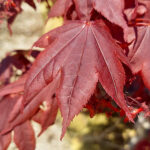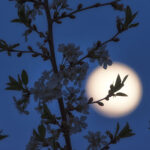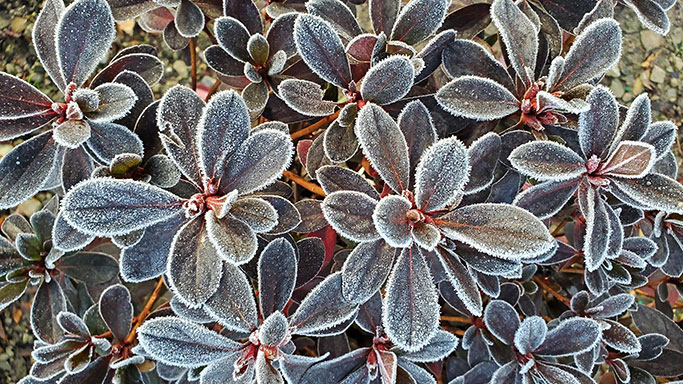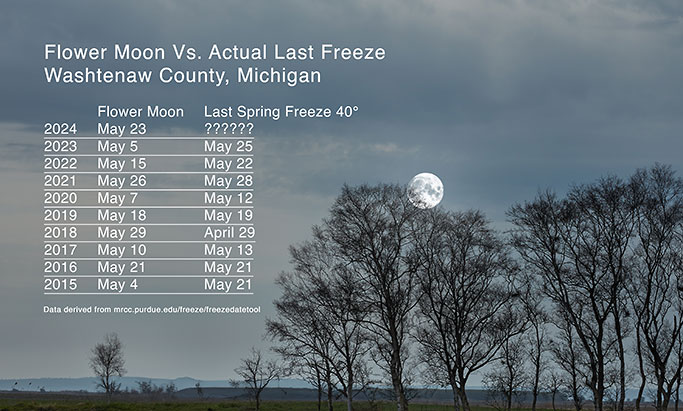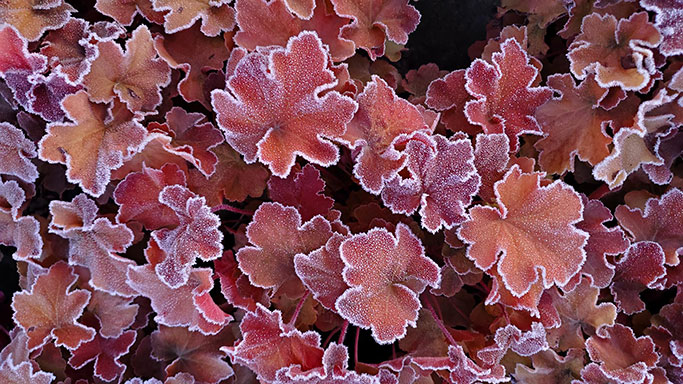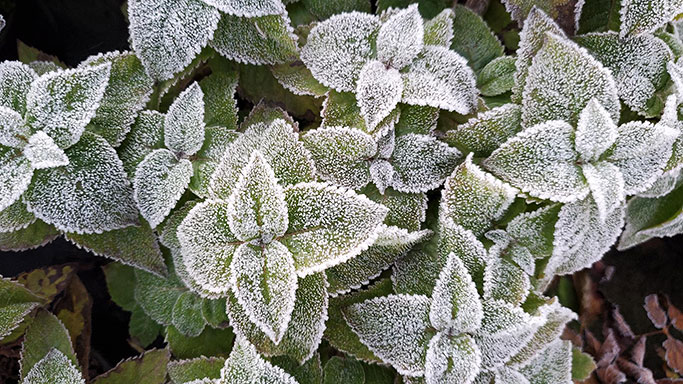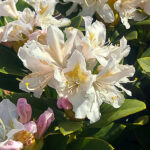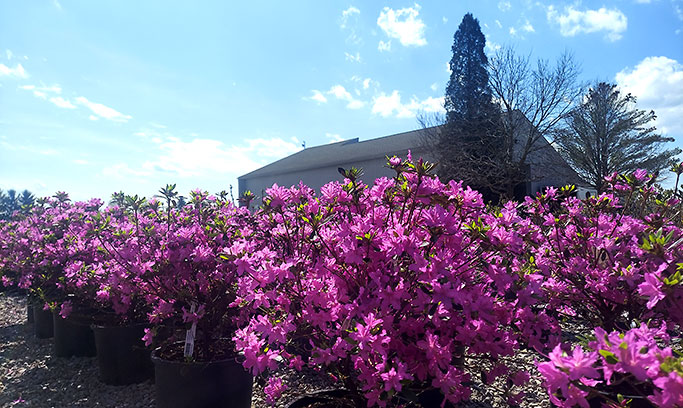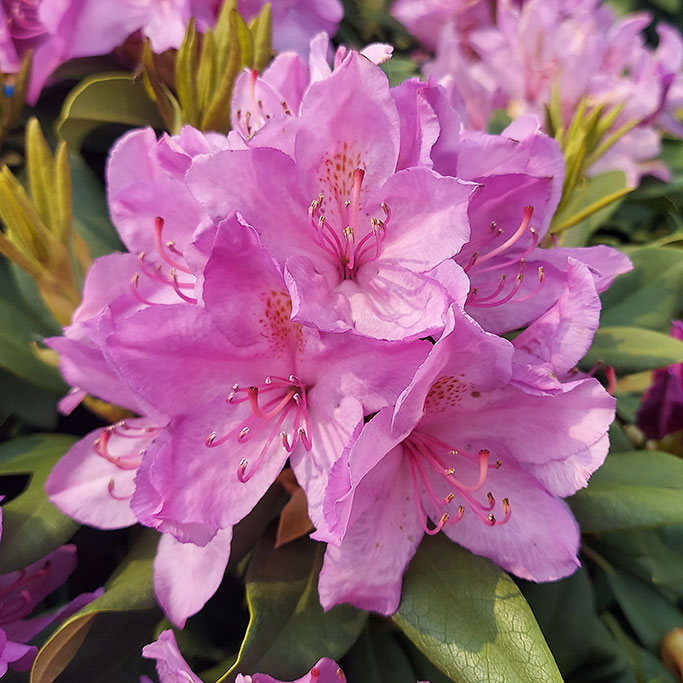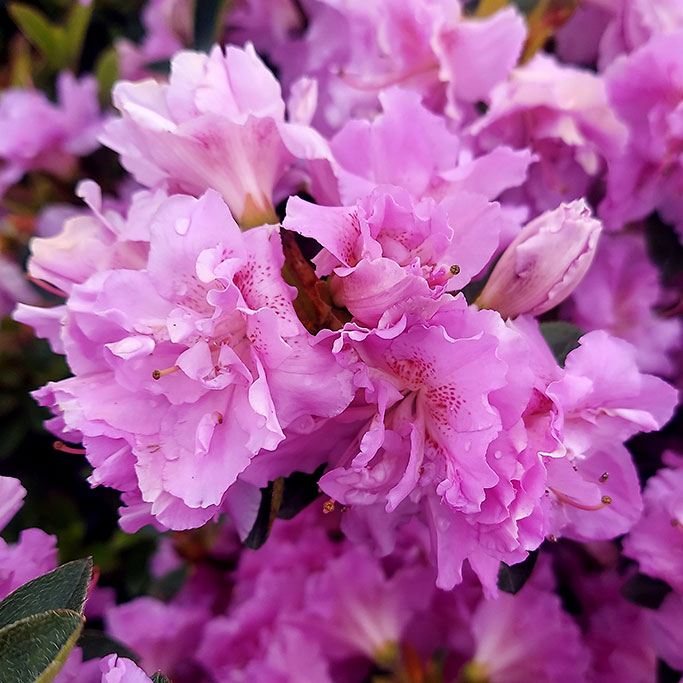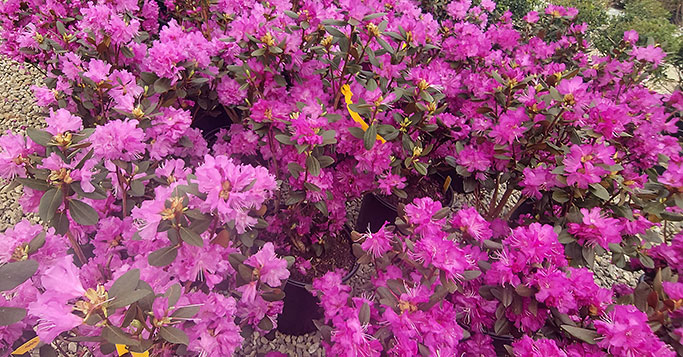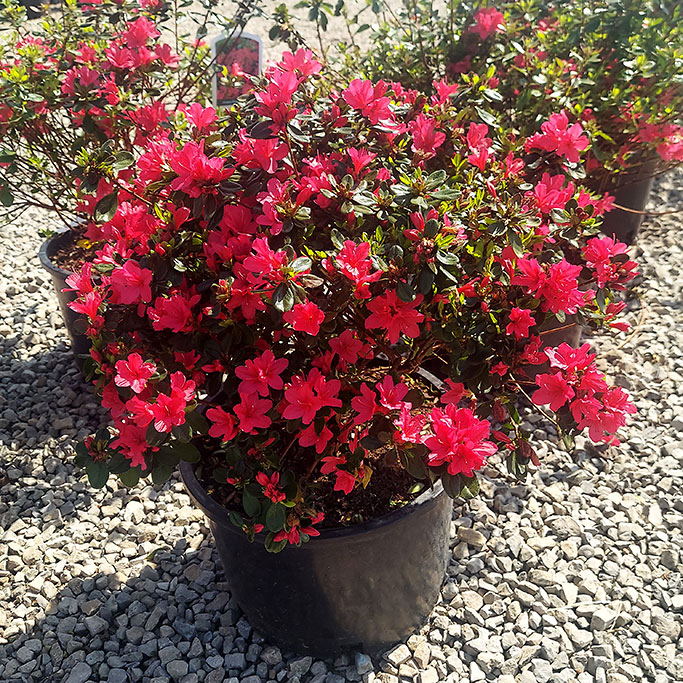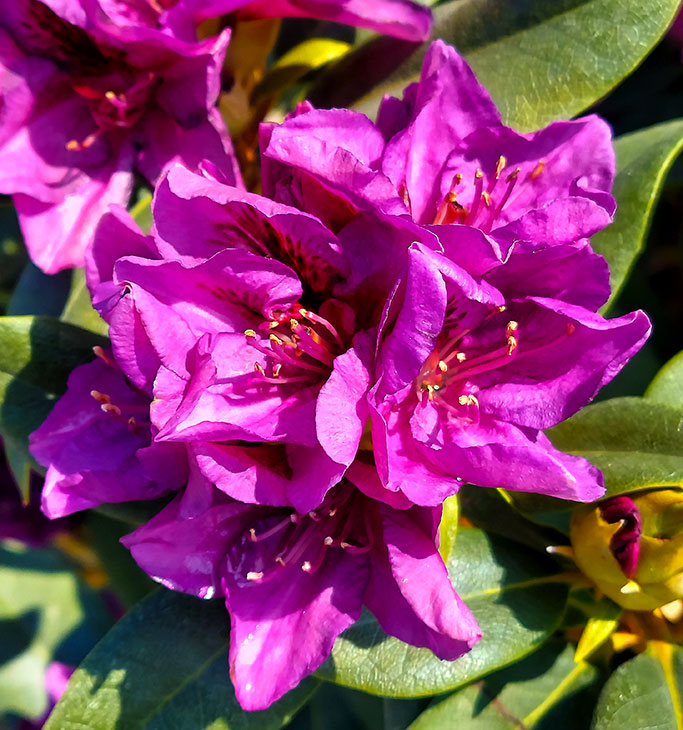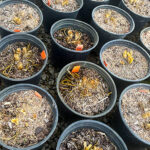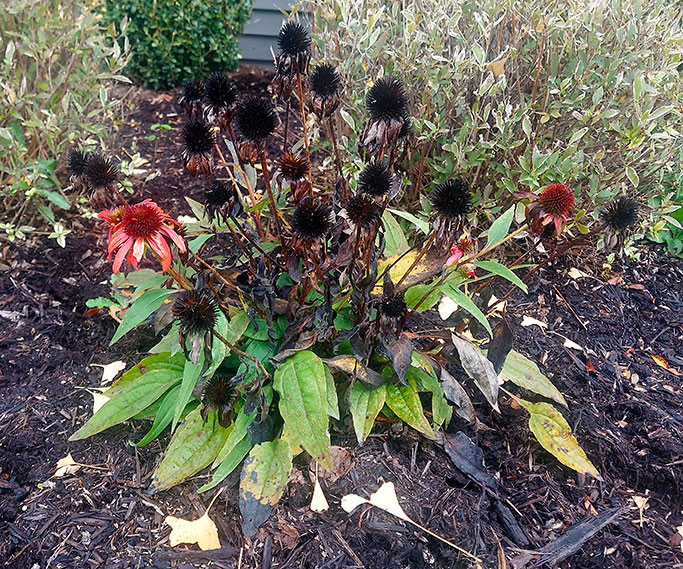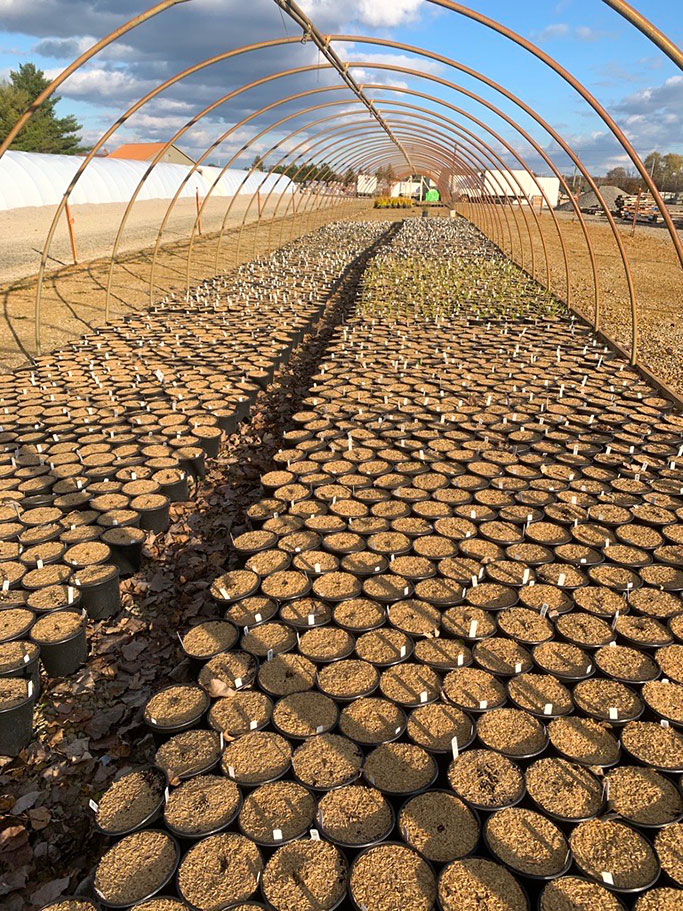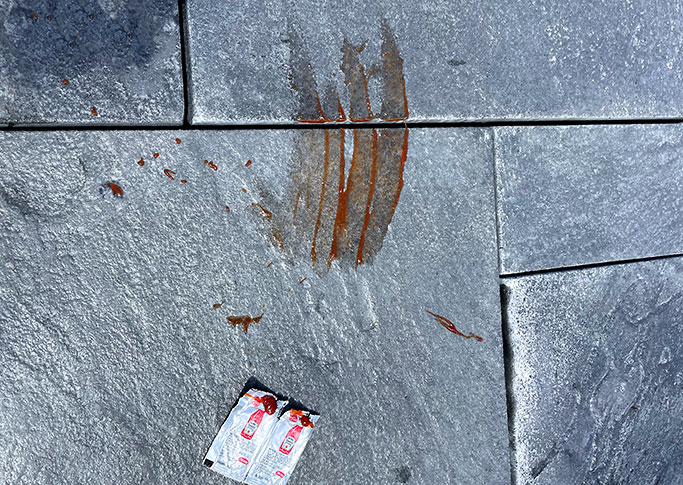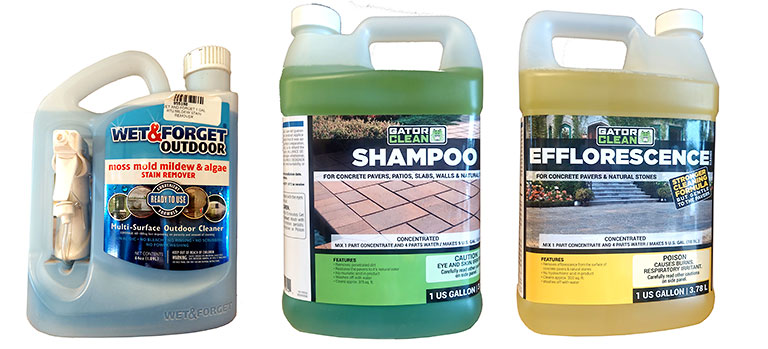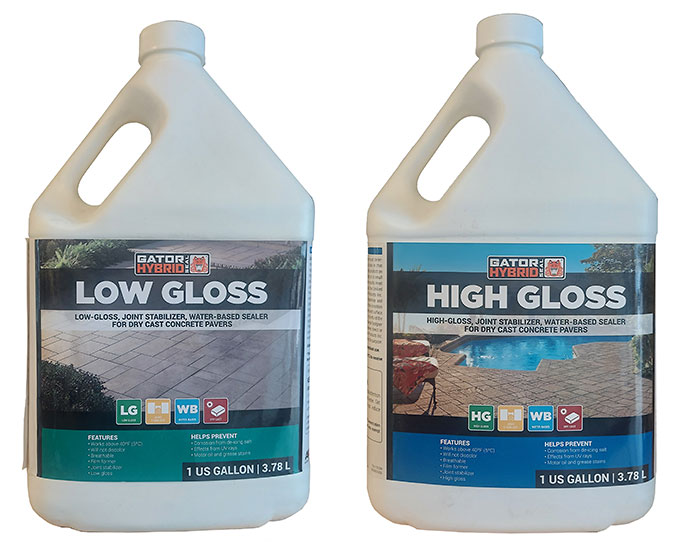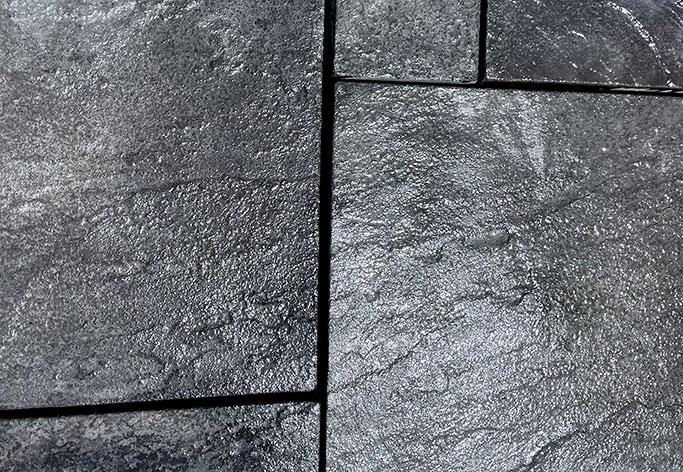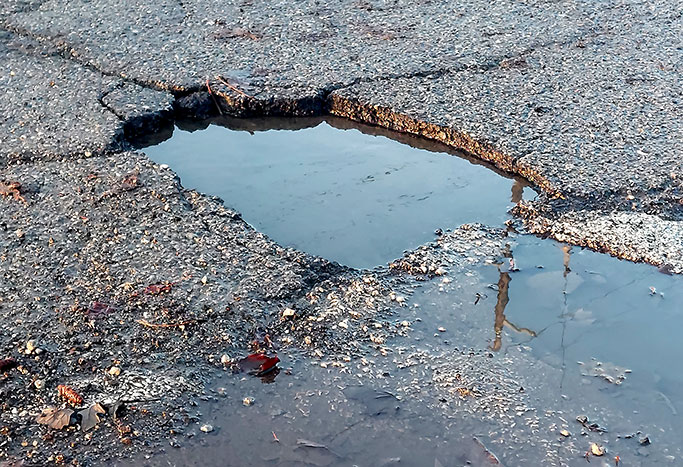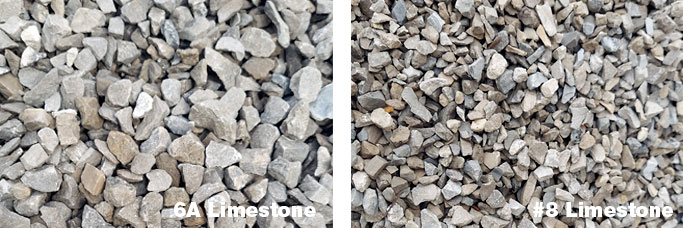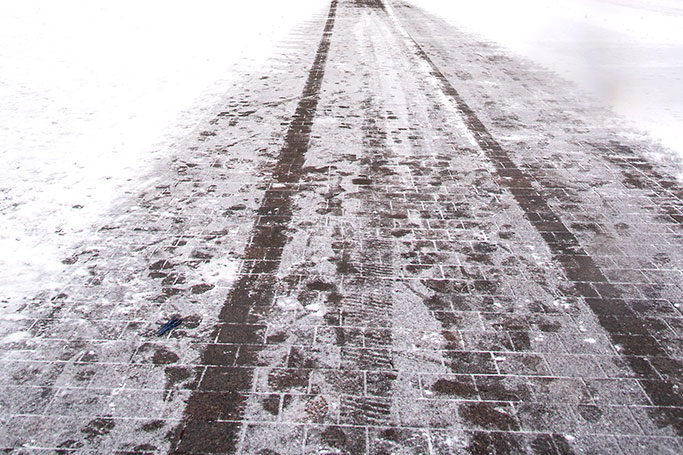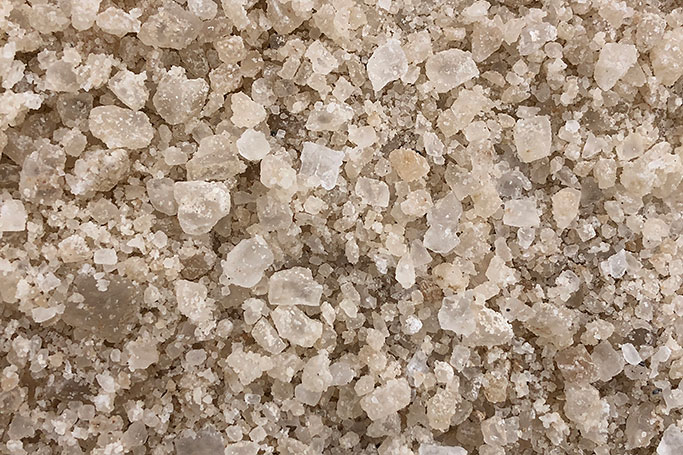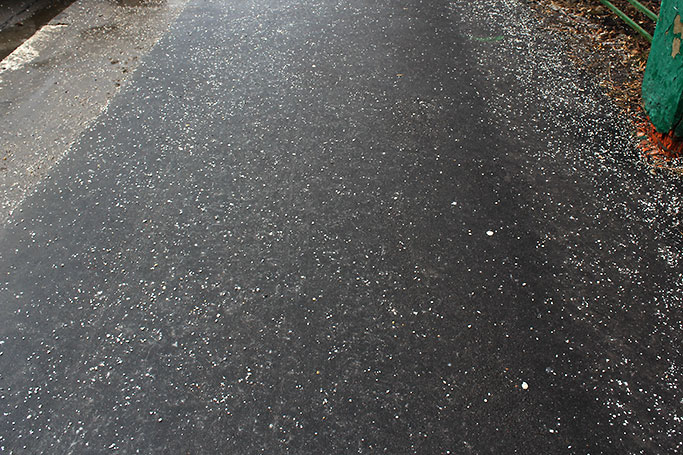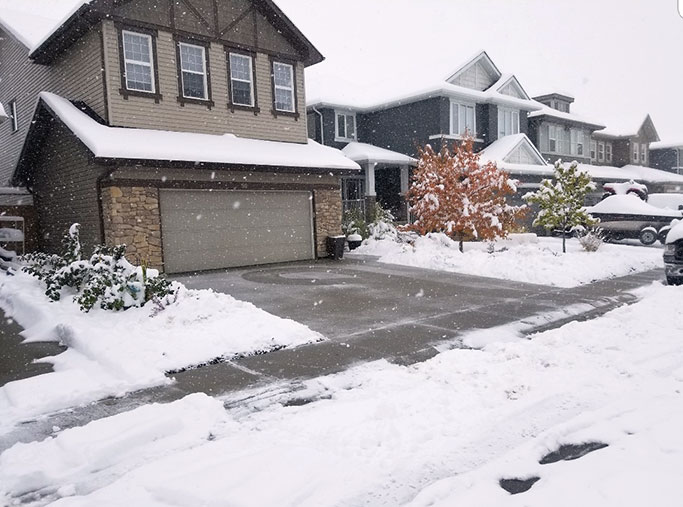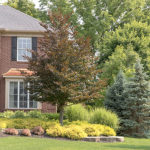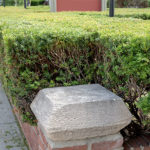Pruning is a powerful tool that can significantly impact how a tree grows and develops. Japanese Maple are elegant ornamental trees that can be delicate and require pruning to maintain an ideal shape. Pruning can alter growth patterns, improve structural development, and reallocate resources. It encourages vigorous, healthy new growth and contributes to the long-term well-being of the tree. However, it’s important to apply the right techniques and timing to ensure that the benefits are fully realized and that the tree continues to thrive.
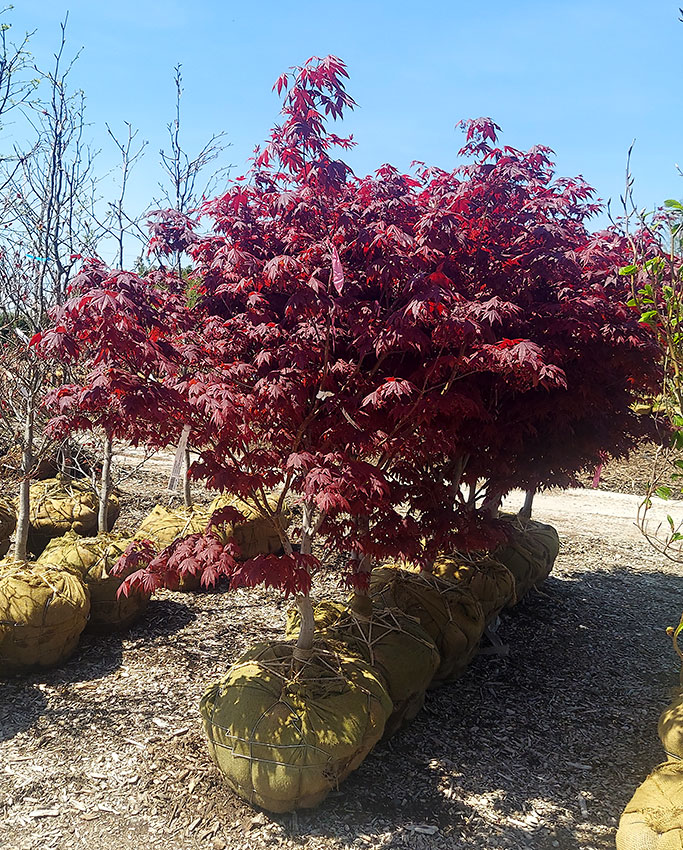
Bloodgood
When a tree is pruned, the tree promotes new growth in the area. When the tips of branches are removed it stimulates the growth of lateral buds. As a result, new shoots and eventually branches emerge, leading to a fuller canopy. Japanese maples come in various shapes and sizes, so understanding the variety you have can help you imagine how new growth will emerge before you start pruning. The main varieties either have an upright growth pattern (Bloodgood, Emperor I) or a weeping/cascading growth pattern (Crimson Queen, Tamukeyama). Recognizing these growth habits will help determine where you will need to cut to achieve the shape and fullness that you want.
For upright types, keep a central leader and an open, balanced canopy. For weeping types, focus on guiding the branches to enhance the cascading effect while removing any competing branches that have grown out of shape. Ensure you cut back to a lateral branch or bud to maintain the natural growth pattern.
Shaping a Japanese Maple is not the only benefit of pruning, it is also important for the health of the tree. Before shaping, pruning should begin by removing any branches that are obviously dead, discolored, or diseased. This prevents the spread of disease and encourages healthy growth.
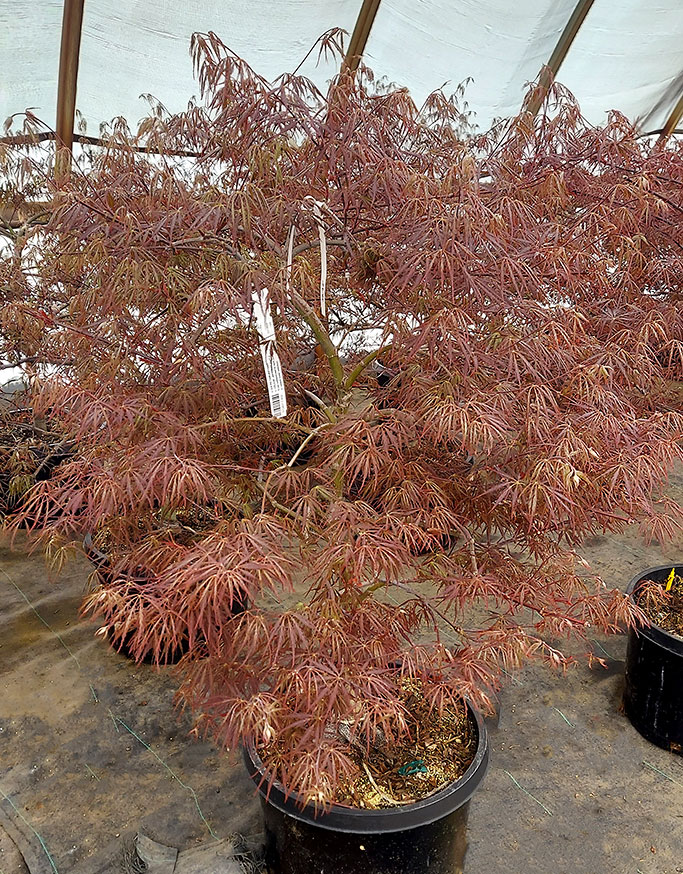
Tamukeyama
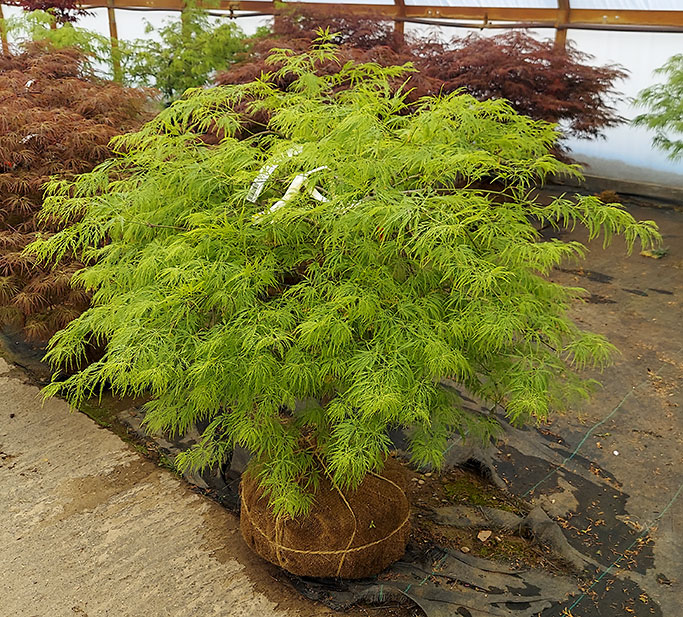
Viridis
Any crossing or rubbing branches should also be taken care of as they can cause wounds and damage the bark. One of the crossing branches should be pruned to prevent future issues. An issue more common in weeping/cascading Japanese Maples is older branches in the inner canopy that are too crowded. These branches can hinder airflow and light penetration or may become dead and diseased. Removing these helps maintain the tree's structure and health. By removing old growth and dead wood, you not only reduce the risk of infection but also improve the tree’s ability to allocate resources to new, healthy growth.
Timing can also be important when pruning a Japanese Maple. Pruning during the dormant season in late winter or early spring will stimulate new growth when the tree comes out of dormancy. This timing minimizes stress on the tree and allows you to see its structure more clearly without the distraction of dense foliage. Pruning during the growing season will also promote and redirect growth but may also stress the tree if done excessively. Over-pruning can lead to excessive removal of foliage that will reduce the resources available for healing and new growth. Prune lightly and gradually, and step back to assess the tree’s shape. Japanese maples are slow-growing, so patience is essential. Regular, light maintenance is better than infrequent, heavy pruning. Avoid heavy pruning in late summer or fall, as this can stimulate new growth that may not harden off before winter. Fertilizing immediately after pruning should also be avoided, as this can encourage excessive growth that the tree might not sustain.
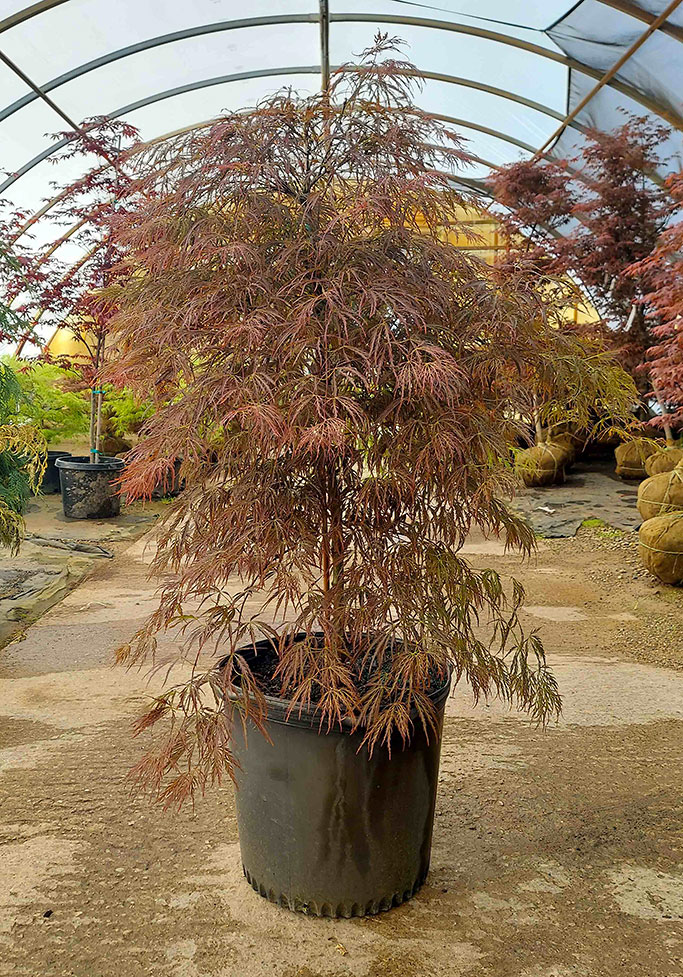
Crimson Queen
Japanese Maples can be a significant investment for your clients and providing pruning maintenance to them can be a way to set your business apart. Just be sure you are prepared for the task, with knowledge, and with sharp shears!

